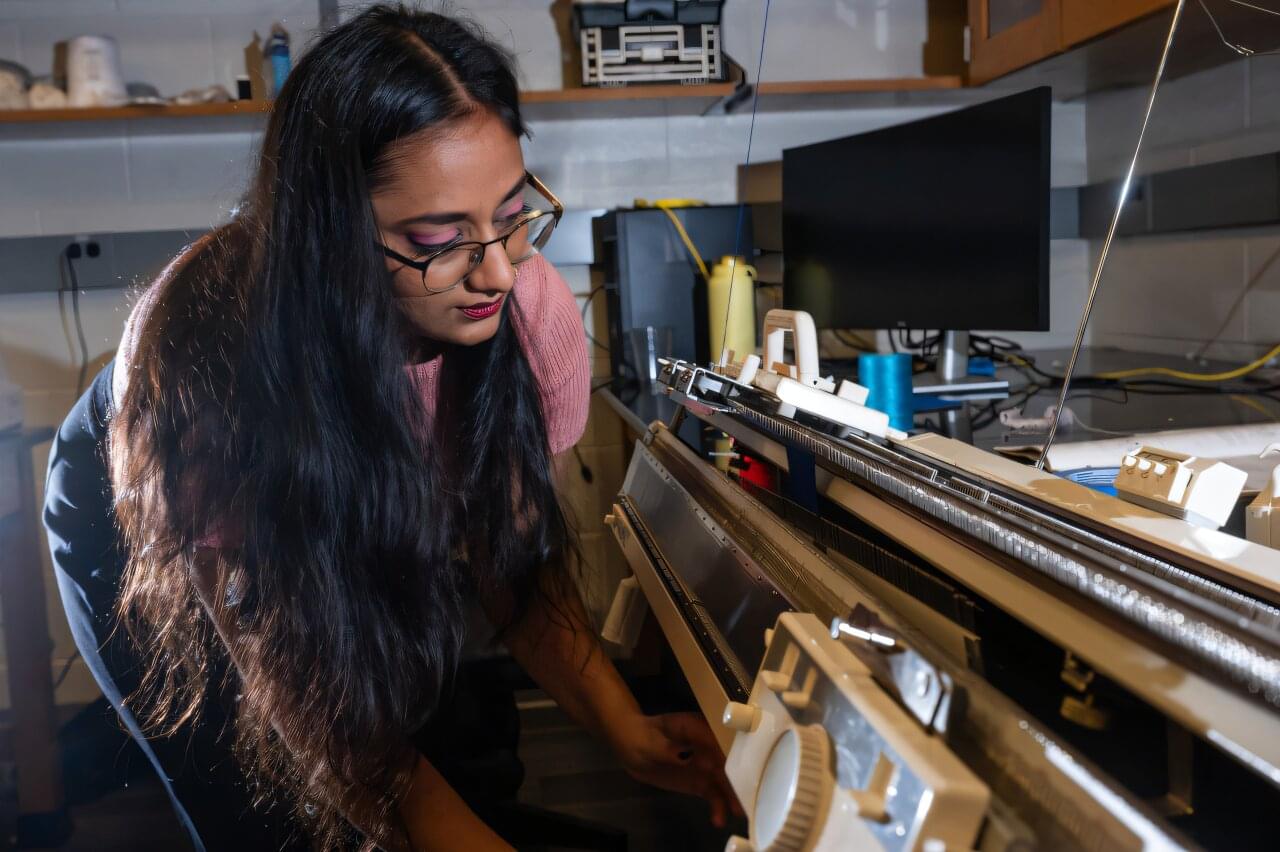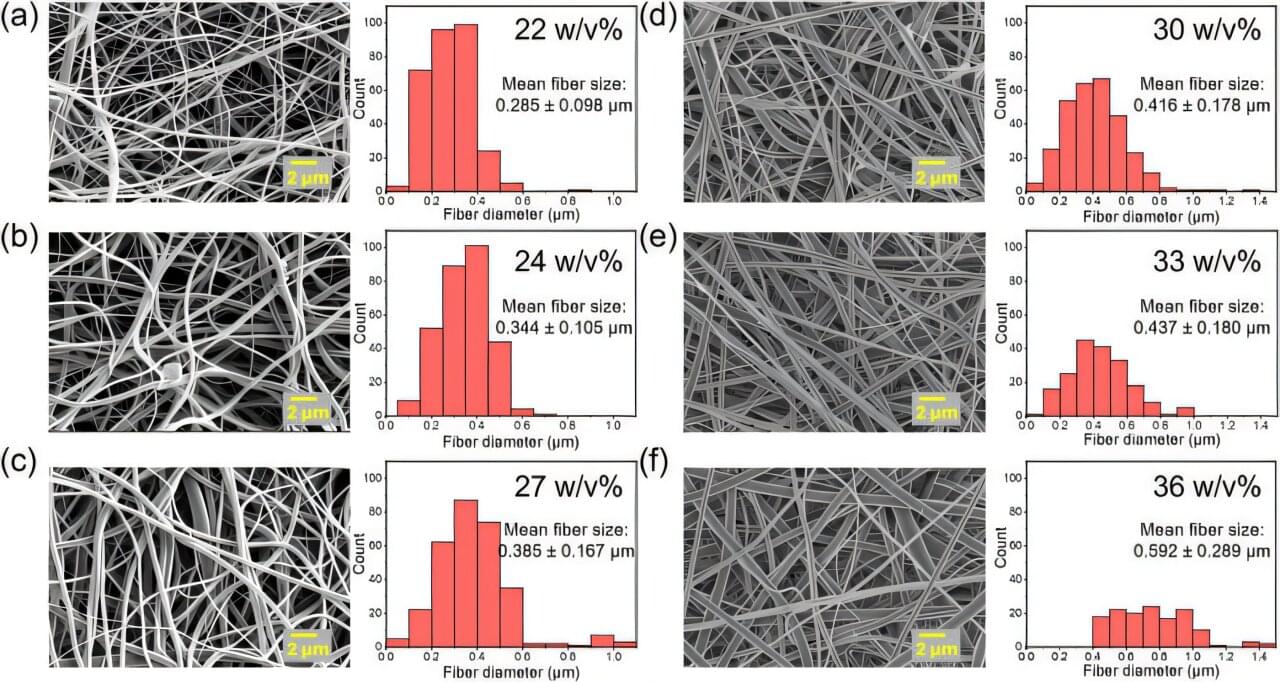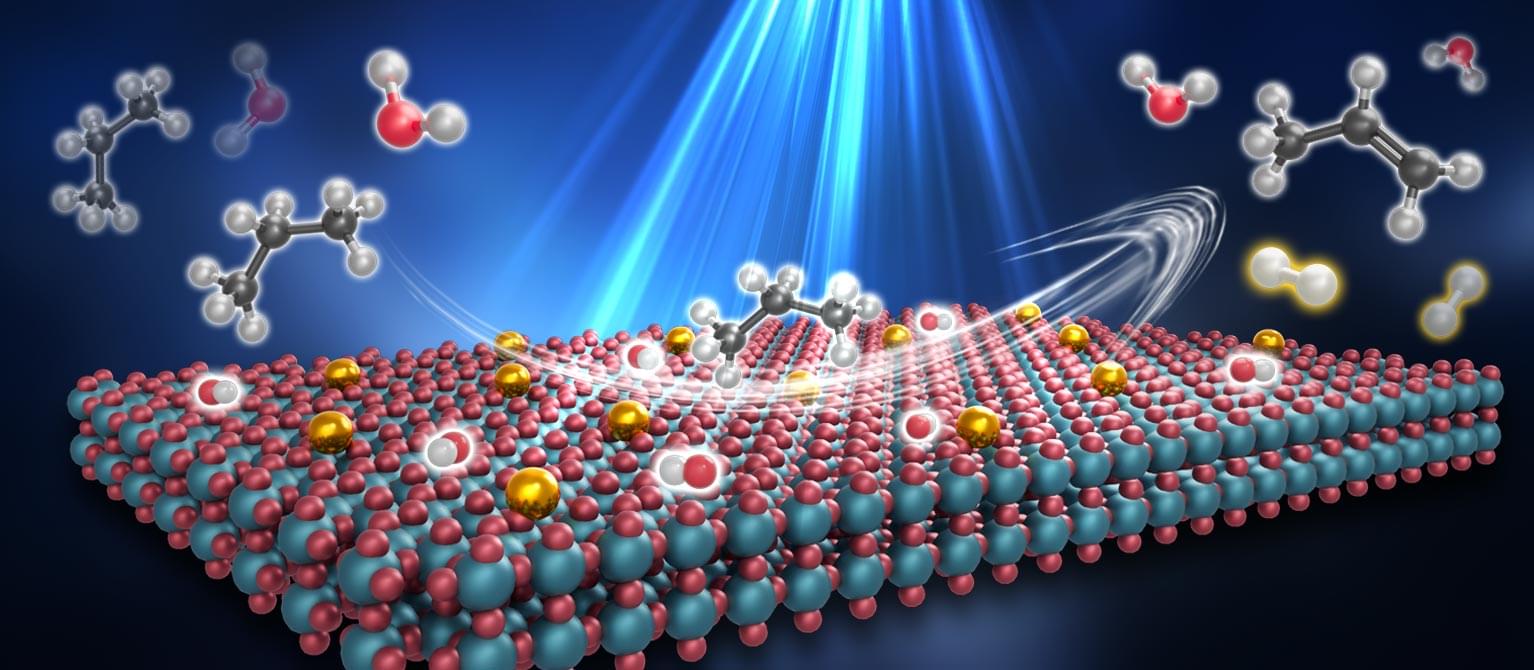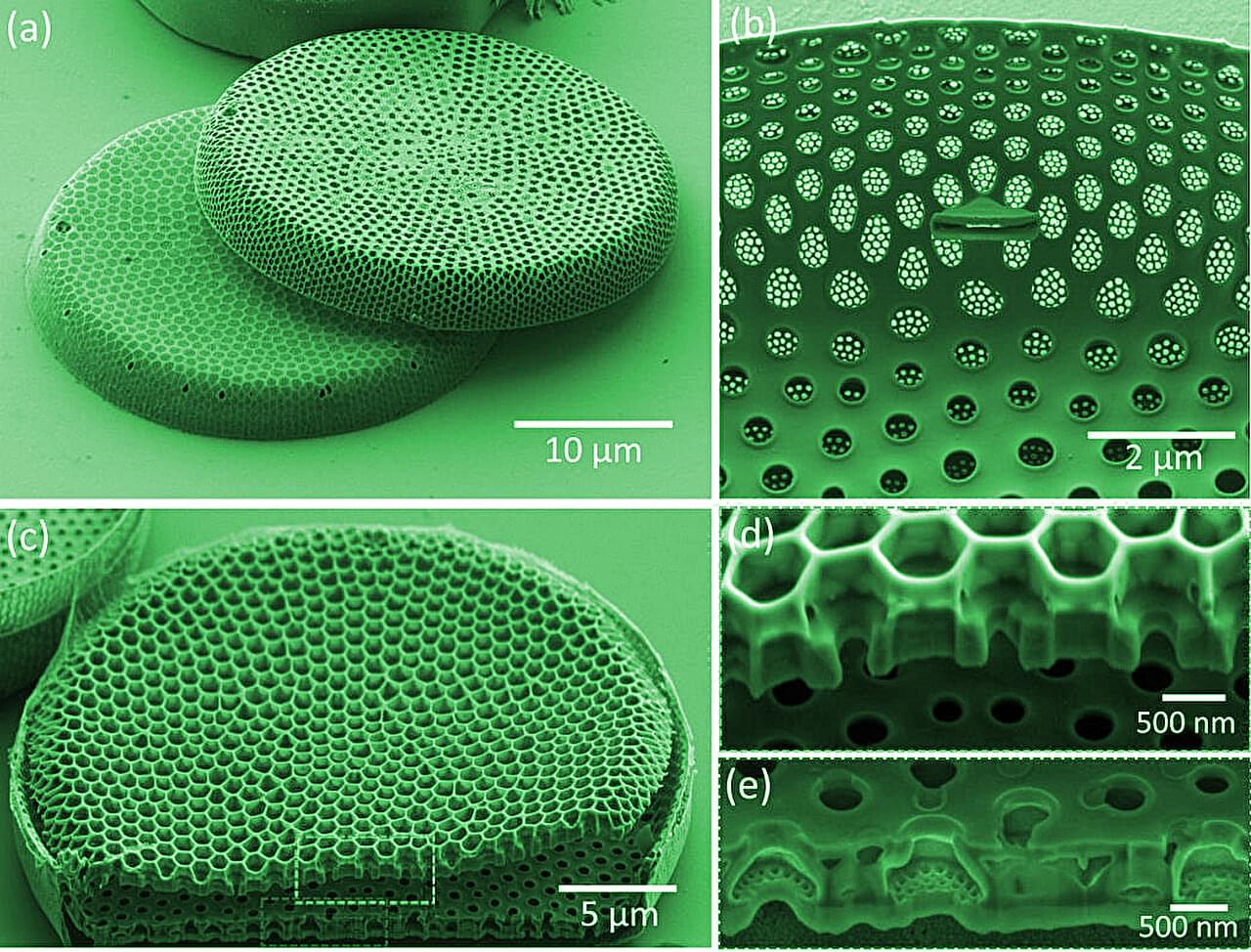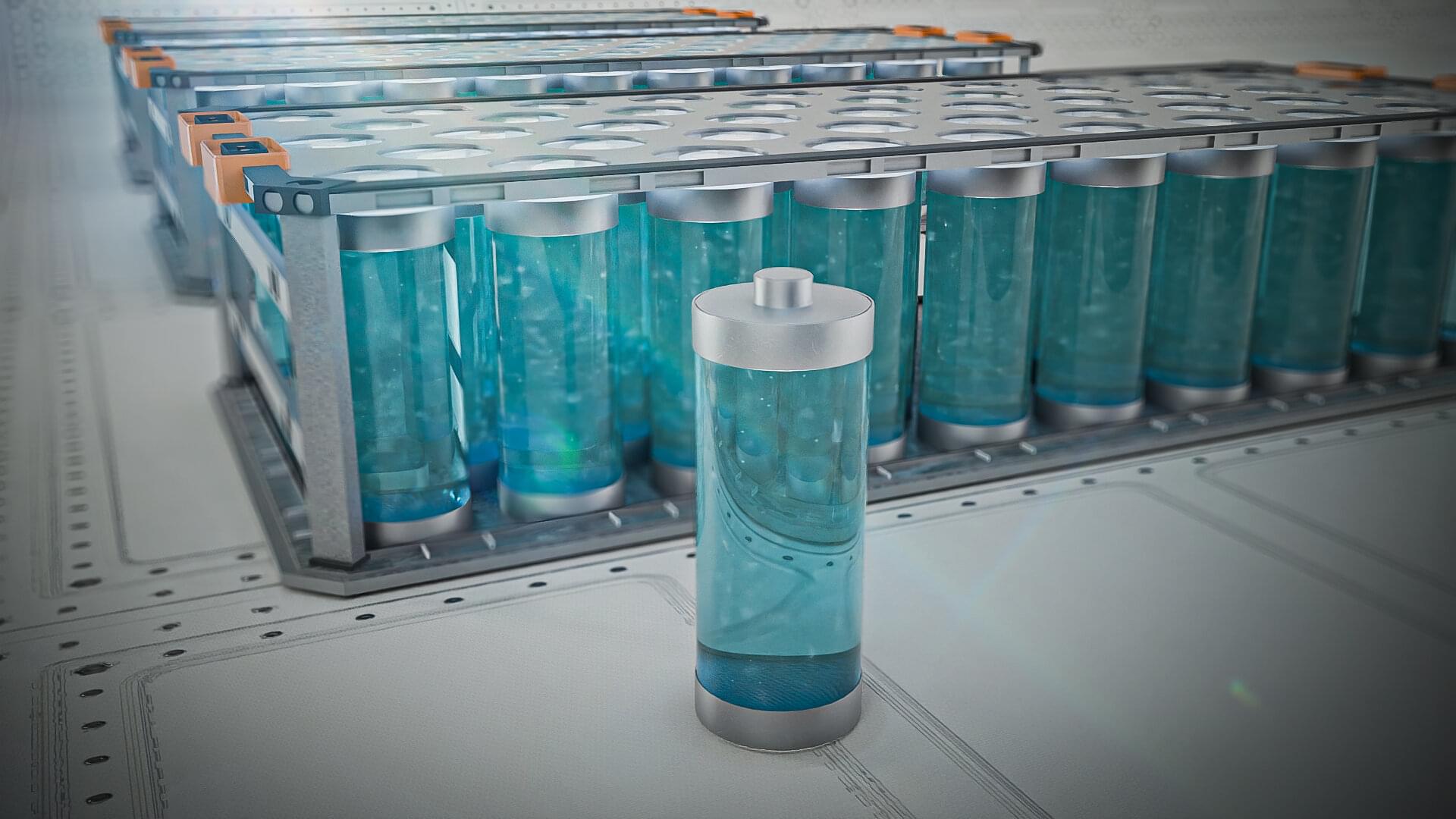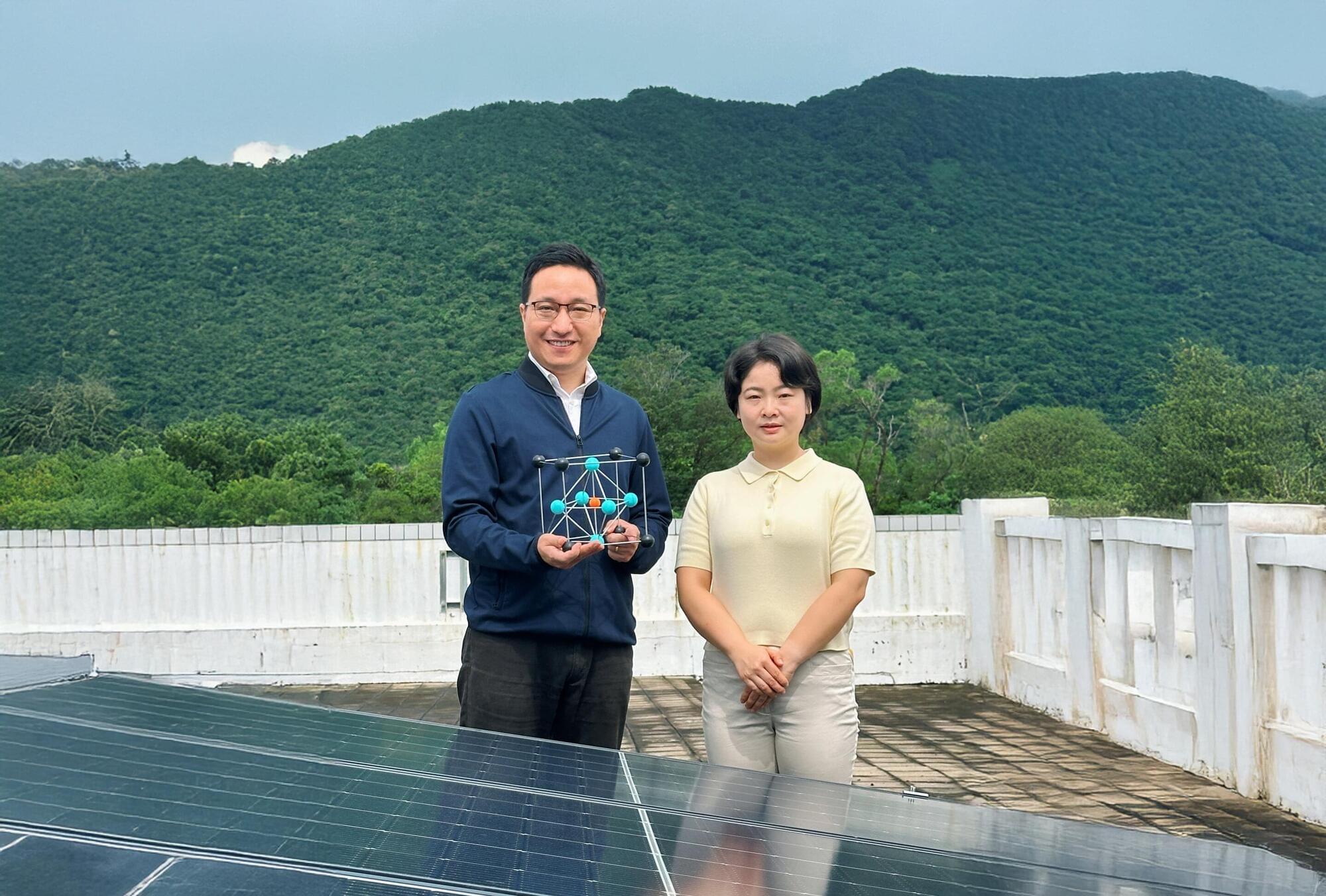School of Physics Associate Professor Elisabetta Matsumoto is unearthing the secrets of the centuries-old practice of knitting through experiments, models, and simulations. Her goal? Leveraging knitting for breakthroughs in advanced manufacturing—including more sustainable textiles, wearable electronics, and soft robotics.
Matsumoto, who is also a principal investigator at the International Institute for Sustainability with Knotted Chiral Meta Matter (WPI-SKCM2) at Hiroshima University, is the corresponding author on a new study exploring the physics of ‘jamming’—a phenomenon when soft or stretchy materials become rigid under low stress but soften under higher tension.
The study, “Pulling Apart the Mechanisms That Lead to Jammed Knitted Fabrics,” is published in Physical Review E, and also includes Georgia Tech Matsumoto Group graduate students Sarah Gonzalez and Alexander Cachine in addition to former postdoctoral fellow Michael Dimitriyev, who is now an assistant professor at Texas A&M University.
